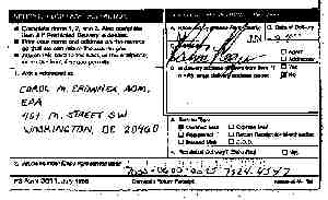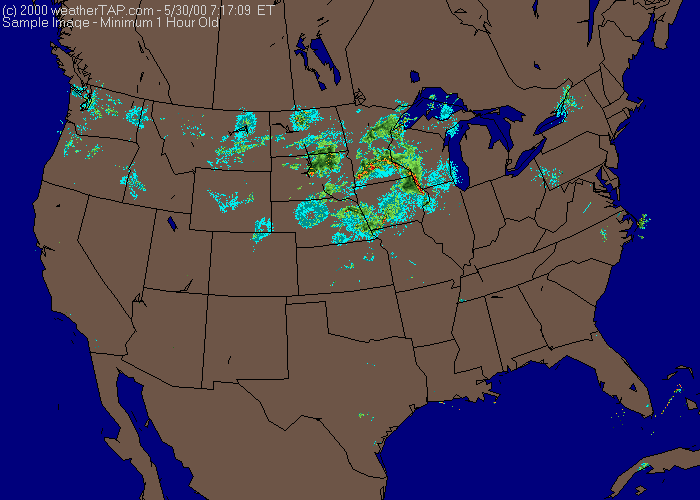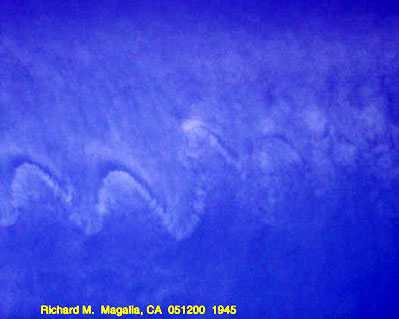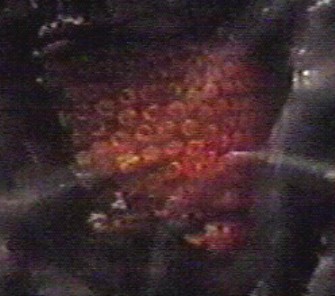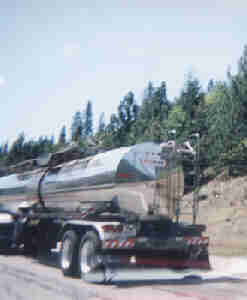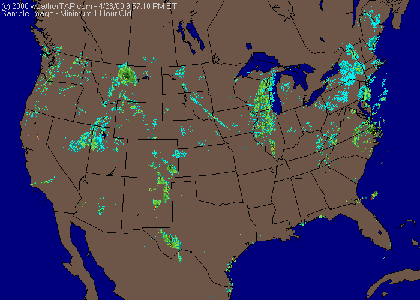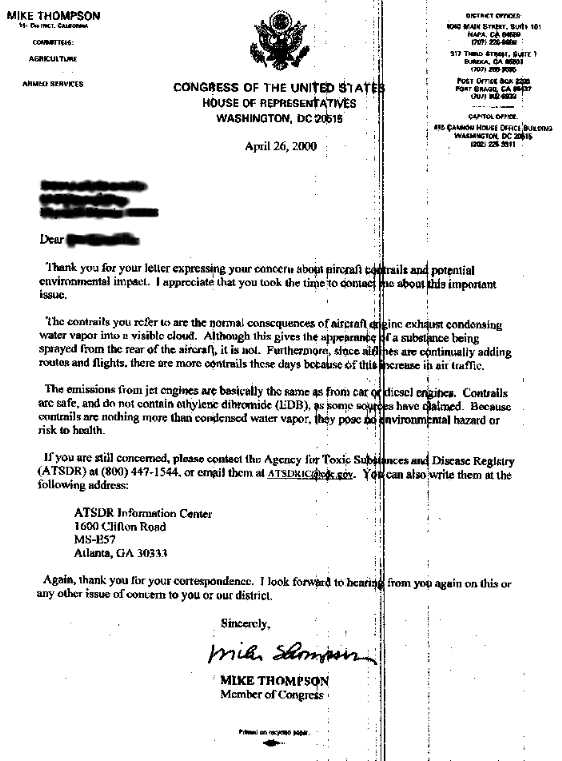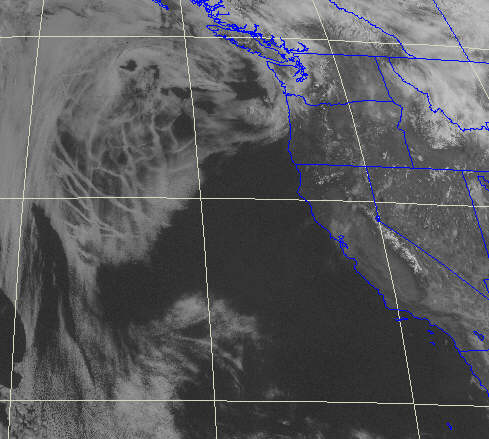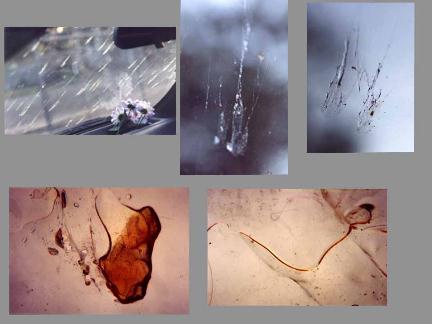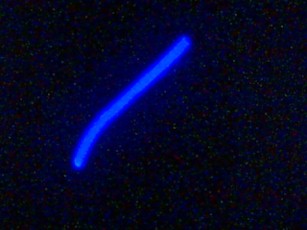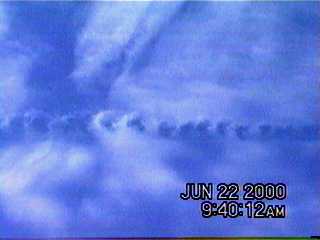
SYNTHETIC CLOUDS REVEALED
Photographs were captured and presented that show the effects of a non-aerosol spraying plane ‘cutting through’ a cloud layer, and the resulting evacuation of the clouds from the plane’s flight path. The absence of mass of the cloud materials after the plane passage shows the clouds to have density, form and behavior unbecoming of water vapor, and have all the appearances of being at least in part of a synthetic nature. The photograph captures demonstrate these ‘clouds’ not being fully of water vapor as may commonly be assumed.

